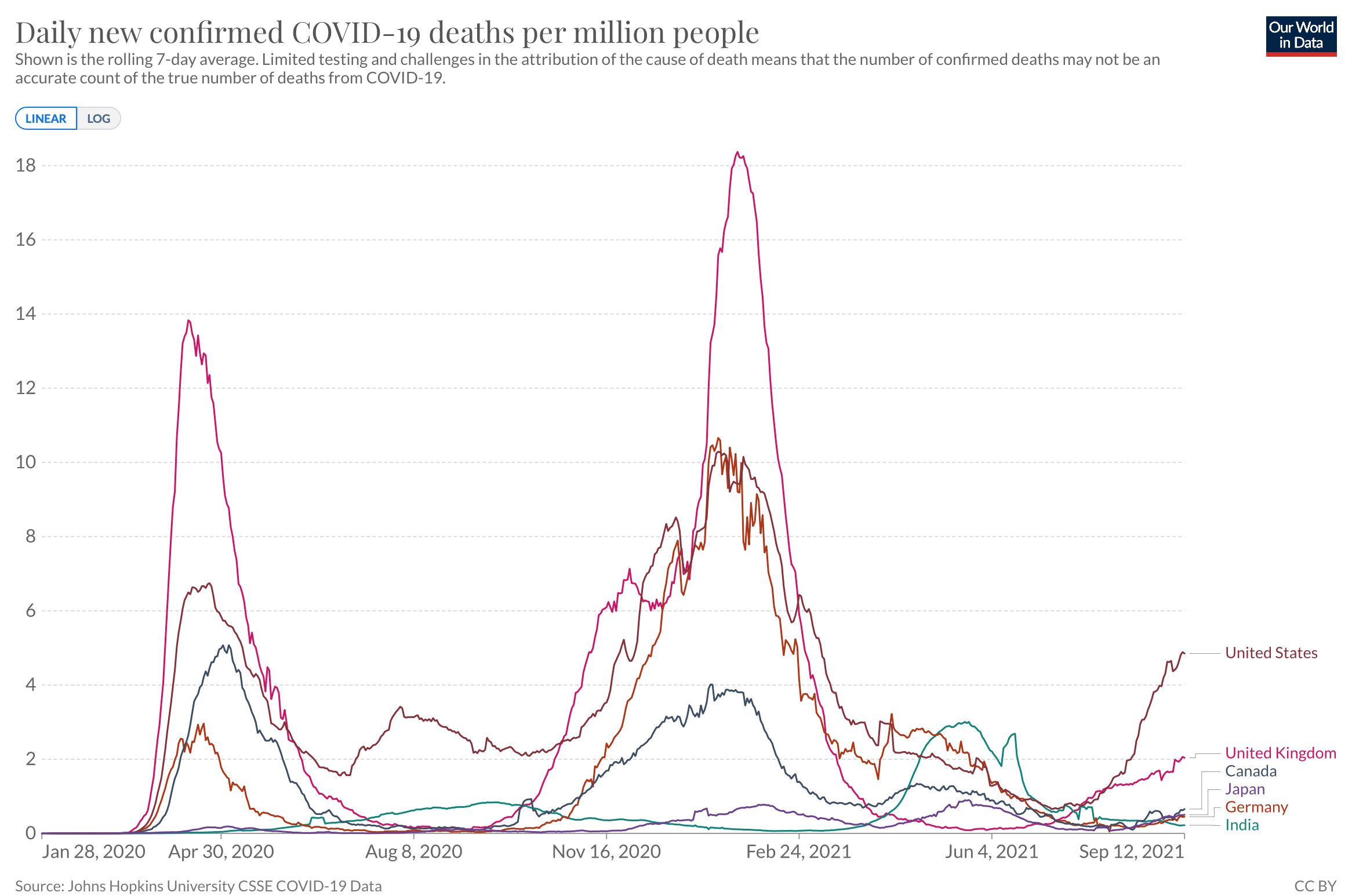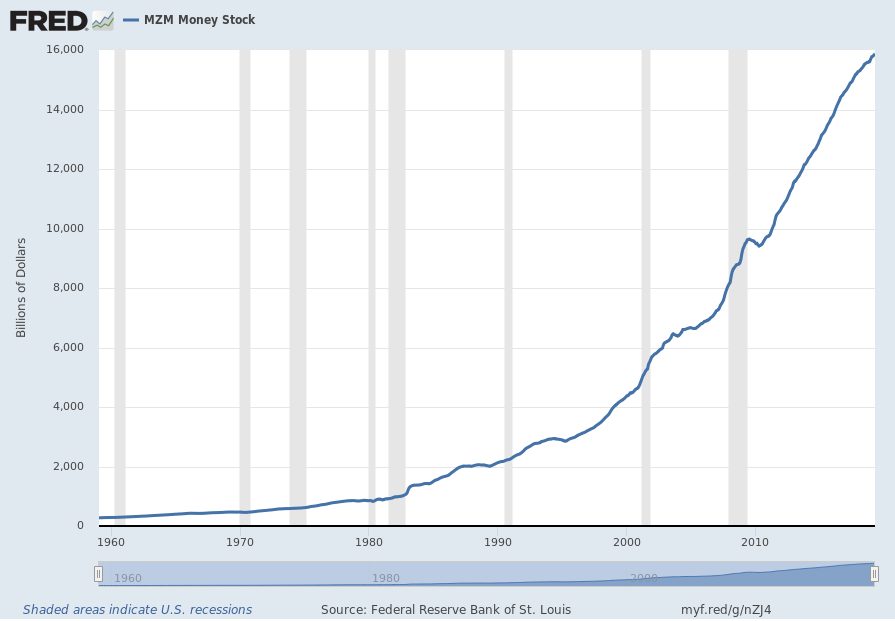Most people sleepwalk in life. Not sleepwalking in the usual sense (suddenly bolting out of the bed in the middle of the night and deciding to go on a cruise type), but something far more profound. They prefer spending their free time snoozing in front of trashy TV programs rather than investing it wisely to improve their minds and bodies. This was why the majority of the population in the West was caught off guard when COVID-19 hit, even though the warning signs were all too abundant (Bill Gates’ warning in 2015, the outbreak in China in January, the classic exponential growth rate of an epidemic in a country).

Figure 1. Growth rate of COVID-19 across the world
Source: Our World in Data
Ask any historian and they will immediately tell you that crises (man-made or otherwise) are an enduring part of humanity and they occurred on an alarmingly frequent basis. Taking pandemics as an example, without even needing to go too far into the past (whose occurrence was far too many to count), we have had at least 4 respiratory epidemics since 2003 (SARS, swine flu, H5N1 bird flu, MERS). So COVID-19 really should not have been a surprise. Yet it was.

Figure 2. An outline of significant pandemics in human history; more than ⅓ of them happened after 2008.
Source: FastCompany
History also shows that preparation is key to counter the effects of such disasters. When much of the world was still snoozing in curiosity about what COVID-19 is, a small group of prepared elites was already activating their contingency plans [1] and isolating themselves from the rest of the world. In hindsight, it turned out to be a shrewd move. Preparation is, therefore, the key not only to survival but will also help the prepared to thrive post-crisis as they will be the best resourced (and resource equates to power).
Preparation applies to all aspects of life and financial preparation should be the number two priority (after physical security) of all investors. The best way to financially prepare your portfolio against crisis is by owning assets that are crisis-resistant or what we call “bulletproof assets”. These assets represent ownership in businesses with resilient models that perform equally well during bull and bear markets, garnering handsome returns for investors.
Why is cash trash?
Investors often retreat to cash during times of uncertainty. After all, cash is tangible, liquid and maintains its nominal value, thus providing a (false) sense of security that their net worth is safe and certain amidst an ocean of uncertainty. However, this is wrong. We strongly advocate the view that cash is trash and the only way to preserve your wealth during a crisis is through quality asset ownership.
Modern-day cash is a fiat currency that simply represents a claim on value rather than the value itself. As illustrated in the M1 supply in the US below, the total amount of money in circulation is increasing at a rate that far exceeds that of economic growth. This means that more cash is chasing after a finite amount of goods and services, thereby leading to inflation.

Figure 3. M1 supply in the US across the years
Source: EconomicGreenfield
This system generally works well during times of stability and prosperity. However, it comes under increasing strain when things get tough:
- As governments are in control of the supply and denomination of cash, they can adjust them at will to suit their political objectives.
- This is already evident in the Quantitative Easing programs in 2008 as well as the historic bailout since the outset of the COVID-19 pandemic.
- Given the total amount of goods and services in an economy is relatively fixed in the short run, the massive glut of money supply will increase the amount of cash chasing after a unit of a good/service, leading to inflation.
- Consequently, people’s confidence in the currency will deteriorate, thus demanding a higher price for the provision of goods/services, leading to a vicious cycle of inflation. There are numerous historical examples, the most famous being the Weimar Republic in the 1920s.
- As such, cash will simply lose the confidence of the population as we revert back to a bartering system.
What this has demonstrated is that paper money is inherently unstable as it relies on the goodwill of the people and competent economic management of the government (both of which are in short supply in today’s world). As a result, there is a clear and present case for diversifying away from cash into other safer alternatives. This is not to mention the fact that central banks around the world have universally adopted near-zero base rates in order to use lending to boost economic activity, thereby further impacting return earned on cash holding and thus eroding its purchasing power.


